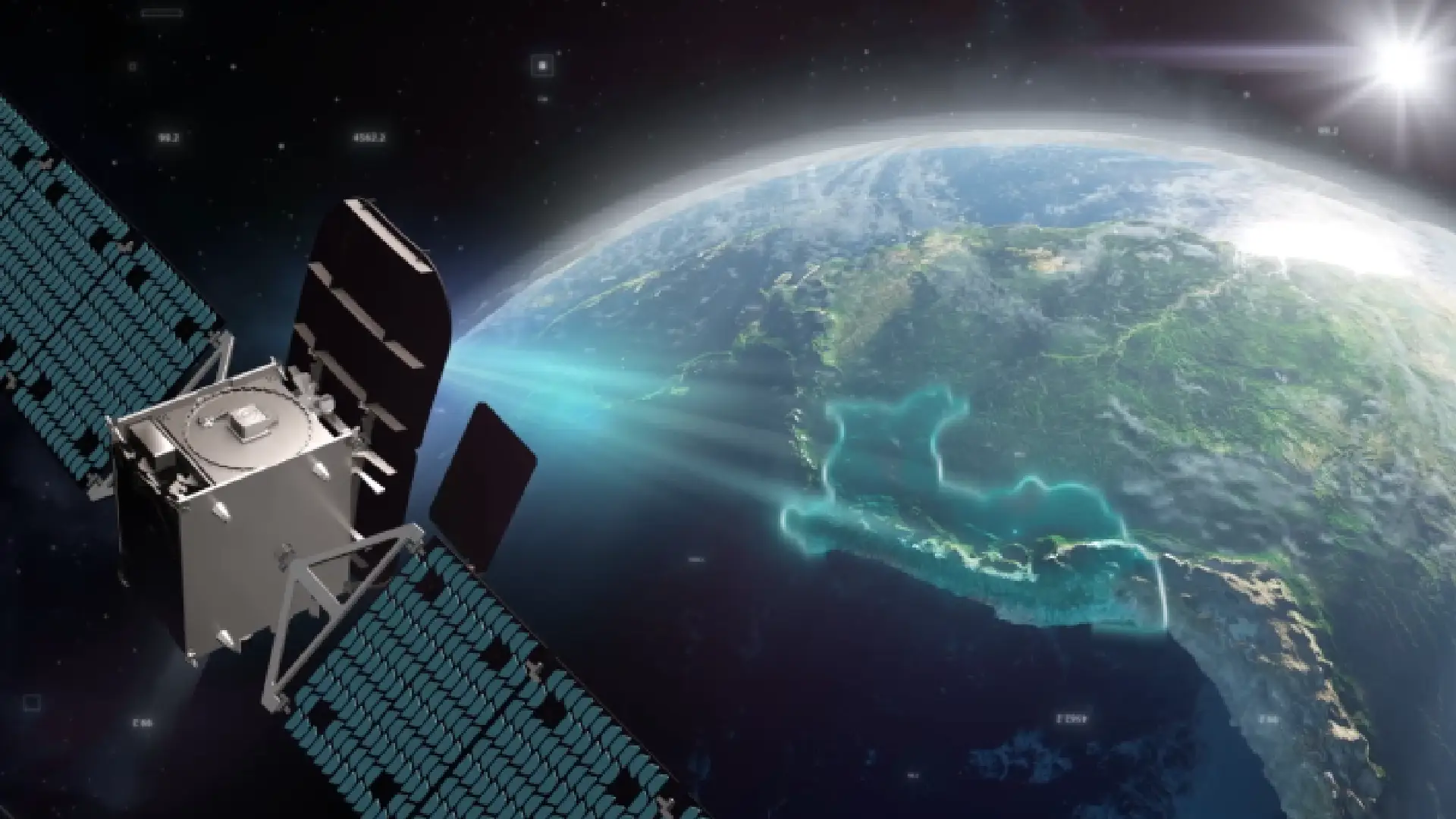Astranis, the space-based internet startup, faced a setback when its first commercial internet satellite, Arcturus, encountered a malfunction with its solar panels, preventing continuous coverage to Alaska. The dedicated satellite was launched on a SpaceX Falcon Heavy in May and initially performed well. However, an issue with the solar array drive assembly caused a pointing problem, rendering the solar arrays incapable of providing sufficient power to the spacecraft.
While the situation is frustrating, Astranis CEO John Gedmark confirmed that the Arcturus spacecraft remains under control and in a safe state. The payload and other in-house designed components are functioning perfectly, and the fuel tanks are ready for on-orbit operation. Nonetheless, the mission to provide internet connectivity in Alaska faces delays due to the solar panel malfunction.
In response to the setback, Astranis is executing its Plan B. The company plans to launch a previously undisclosed satellite called “UtilitySat” as an on-orbit backup for Arcturus. UtilitySat will be launched alongside four other satellites as part of a SpaceX Falcon 9 rideshare mission later this year. Although UtilitySat is of a similar size as Arcturus, it will have lower capacity and won’t fully compensate for the lost coverage.
Gedmark anticipates a full replacement for the Alaska satellite by early 2025. Astranis’ internet satellites operate in geostationary orbit, offering advantages in cost, manufacturing efficiency, and quicker launch times compared to traditional satellites in GEO. While a malfunction means losing the specific satellite, the financial loss is significantly less compared to other costly satellites. Astranis’ approach proves valuable during such challenges, as it allows for a delay in service start rather than terminating the entire mission, as demonstrated by the hardware issues faced by other larger satellites.
